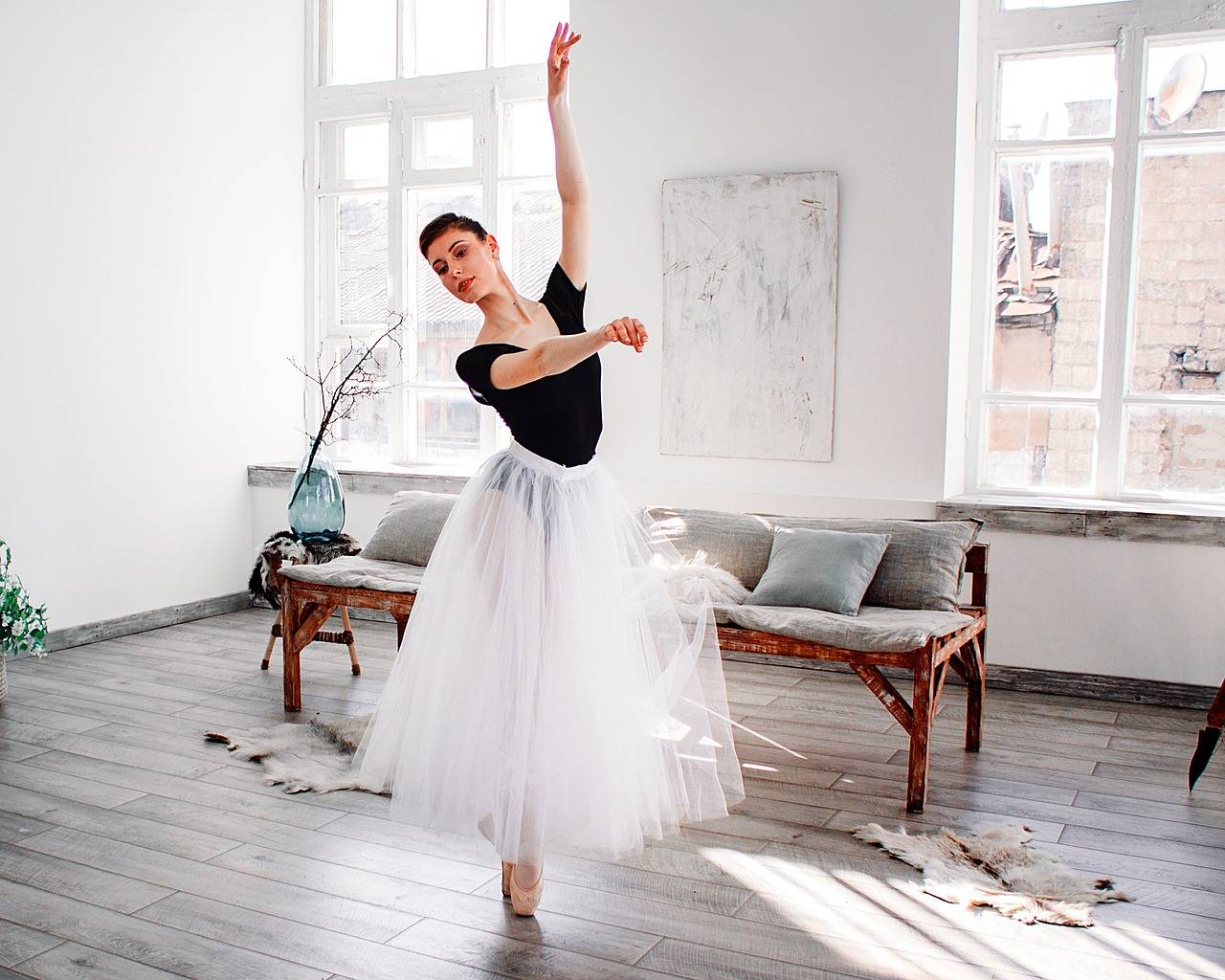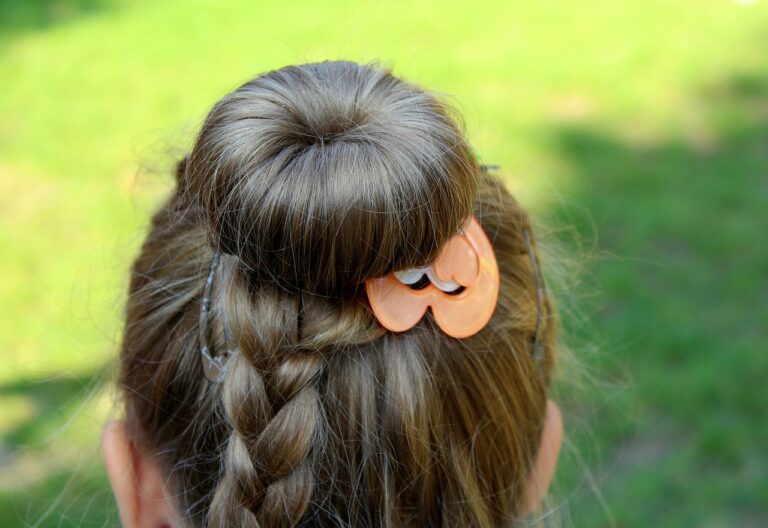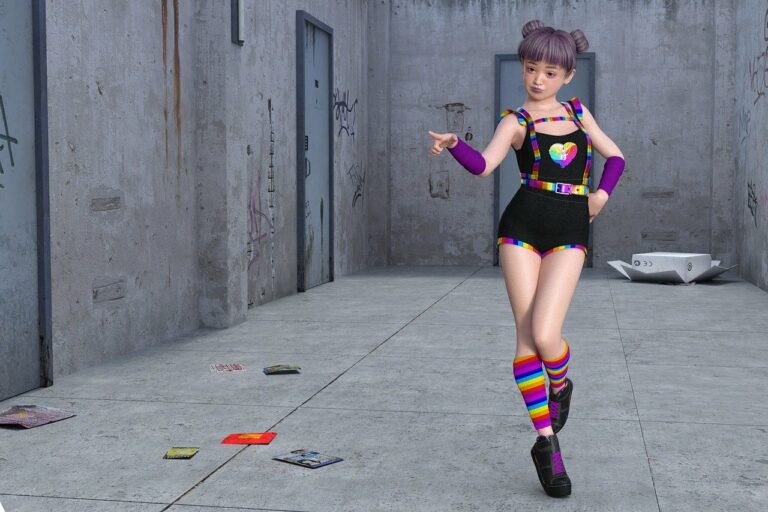Fashion and Sustainability: Upcycling Vintage Textiles into New Designs
Upcycling vintage textiles offers a sustainable solution to reducing waste and promoting environmental conservation. By repurposing old fabrics and materials, upcycling helps to divert items from landfills and minimizes the need for new production, thus decreasing the overall carbon footprint of textile production. This practice aligns with the principles of the circular economy, where resources are utilized efficiently and waste is minimized through creative reuse.
Furthermore, upcycling vintage textiles allows for the preservation of historical and cultural significance embedded within the fabrics. Each piece tells a unique story and carries a sense of nostalgia that adds character to the final upcycled product. By incorporating these textiles into new creations, upcyclers can breathe new life into forgotten materials and honor their craftsmanship and heritage, creating one-of-a-kind pieces with a sense of history and authenticity.
Challenges of Working with Vintage Textiles
Vintage textiles offer a unique charm and character that can bring a sense of nostalgia to any project. However, working with these aged materials can present its own set of challenges. One major hurdle is the fragility of vintage textiles, which can be prone to tearing, stretching, or fraying easily. This delicate nature requires extra care and attention to detail when handling and manipulating the fabric, as any mishandling can result in irreversible damage.
Another challenge when working with vintage textiles is the limited availability of certain materials. Due to the age and rarity of these fabrics, it can be difficult to find a consistent supply for larger projects or specific color schemes. This scarcity can lead to higher costs and longer lead times, as sourcing the perfect vintage textile may require extensive searching and waiting. Additionally, the varying condition of vintage textiles means that each piece may come with its own set of imperfections, such as stains, discoloration, or uneven fabric wear, which can further complicate the design process.





